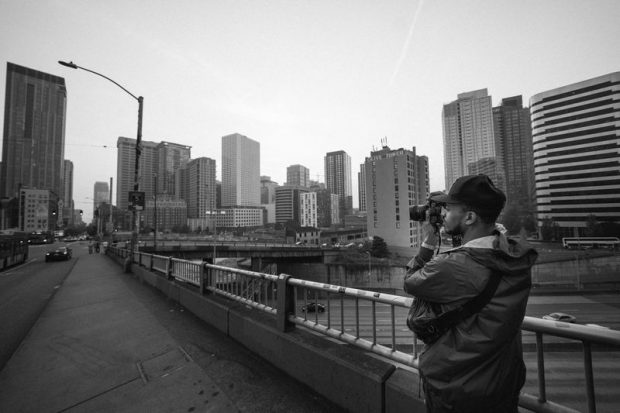Framing Streets Can Be Fun For Anyone
Framing Streets Can Be Fun For Anyone
Blog Article
The Ultimate Guide To Framing Streets
Table of ContentsThings about Framing StreetsWhat Does Framing Streets Do?The Ultimate Guide To Framing StreetsThe Main Principles Of Framing Streets Everything about Framing StreetsFraming Streets - Truths
Digital photography category "Crufts Canine Program 1968" by Tony Ray-Jones Street digital photography (additionally occasionally called honest photography) is digital photography carried out for art or inquiry that includes unmediated opportunity experiences and arbitrary events within public locations, generally with the goal of capturing photos at a definitive or poignant minute by cautious framework and timing. His boots and legs were well defined, however he is without body or head, due to the fact that these were in activity." Charles Ngre, waterseller Charles Ngre. https://framingstreets1.carrd.co/ was the first digital photographer to attain the technical refinement required to register people in motion on the street in Paris in 1851. Photographer John Thomson, a Scotsman dealing with reporter and social activist Adolphe Smith, released Road Life in London in twelve month-to-month installations beginning in February 1877
The Best Strategy To Use For Framing Streets
Eugene Atget is concerned as a progenitor, not since he was the first of his kind, but as a result of the popularisation in the late 1920s of his document of Parisian roads by Berenice Abbott, who was inspired to undertake a comparable documents of New York City. [] As the city created, Atget aided to promote Parisian streets as a worthy topic for photography.

The Single Strategy To Use For Framing Streets
The principal Mass-Observationists were anthropologist Tom Harrisson in Bolton and poet Charles Madge in London, and their first report was created as guide "May the Twelfth: Mass-Observation Day-Surveys 1937 by over 2 hundred observers" [] Window cleaner at Kottbusser Tor, Berlin, by Elsa Thiemann c. 1946 The post-war French Humanist School digital photographers found their subjects on the street or in the bistro. Between 1946 and 1957 Le Groupe des XV every year displayed job of this kind. Andre Kertesz. Circus, Budapest, 19 May 1920 Road photography formed the major web content of two exhibits at the Museum of Modern Art (Mo, MA) in New York curated by Edward Steichen, 5 French Digital Photographers: Brassai; Cartier-Bresson, Doisneau, Ronis, Izis in 1951 to 1952, and Post-war European Photography in 1953, which exported the principle of street photography worldwide.

The Of Framing Streets
The recording device was 'a hidden cam', a 35 mm Contax concealed underneath his coat, that was 'strapped to the breast and connected to a lengthy wire strung down the appropriate sleeve'. His job had little contemporary effect as due to Evans' level of sensitivities about the creativity of his task and the privacy of his subjects, it was not released until 1966, in the book Several Are Called, with an introduction composed by James Agee in 1940.
Helen Levitt, after that a teacher of young kids, related to Evans in 193839. She documented the transitory chalk illustrations - Street photography that became part of kids's road society in New york city at the time, as well as the children who made them. In July 1939, Mo, MA's brand-new digital photography area included Levitt's job in its inaugural exhibitionRobert Frank's 1958 publication,, was substantial; raw and typically out of emphasis, Frank's photos questioned mainstream photography of the moment, "challenged all the formal policies set by Henri Cartier-Bresson and Pedestrian Evans" and "contradicted the wholesome pictorialism and sincere photojournalism of American publications like LIFE and Time".
Report this page